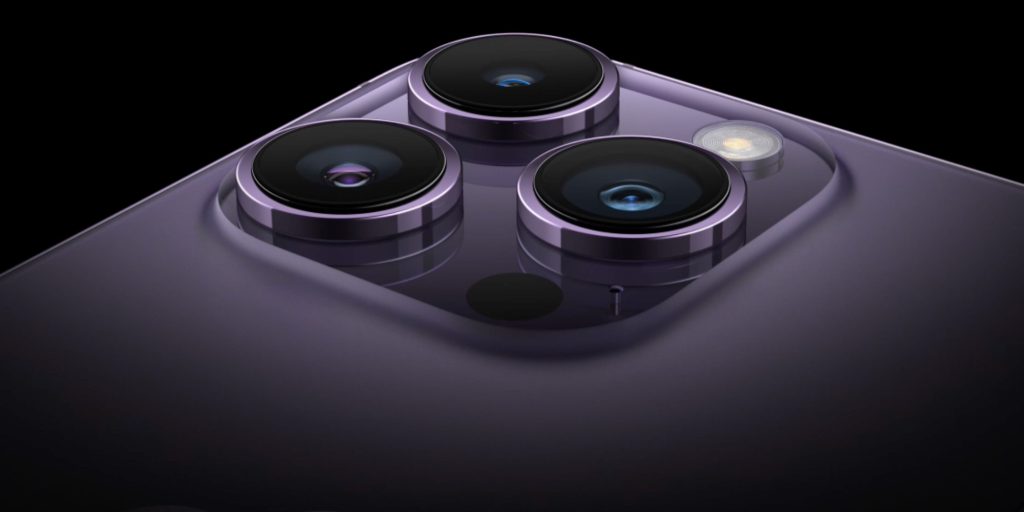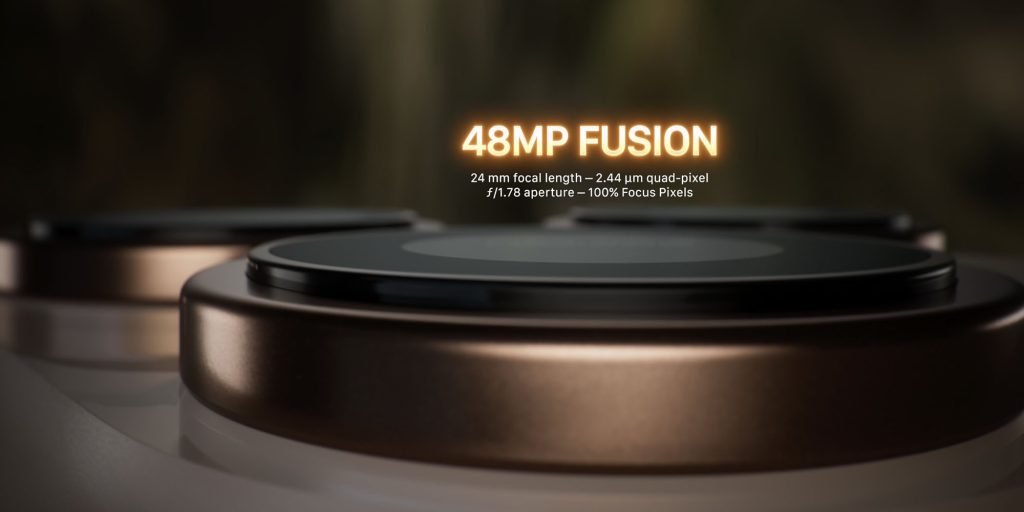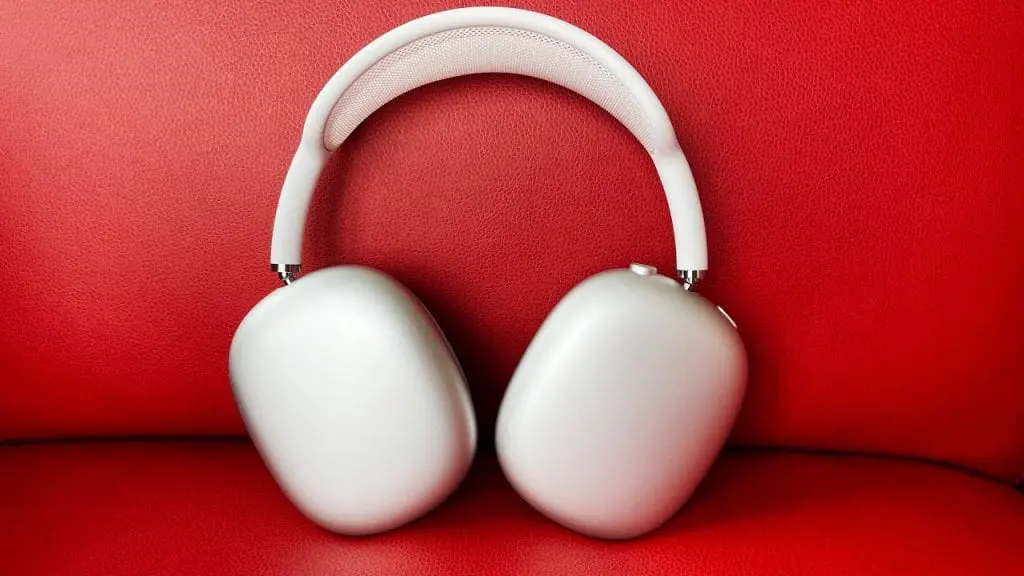Transitioning from an iPhone 8 Plus or iPhone XS, you might perceive Apple’s latest iPhone as a step back in camera capabilities. However, there’s more innovation than what initially appears in Apple’s new iPhone camera.
Back in 2016, Apple introduced the iPhone 7 Plus, marking the debut of dual rear cameras. This model not only featured a standard wide-angle lens but also included Apple’s first telephoto lens.

This advancement enabled 2x optical zoom without the artifacts often associated with digital zoom. It also introduced Portrait mode, utilizing the dual-camera setup to create a depth-of-field effect with background blur.
The following year, Apple enhanced the dual-camera system with the iPhone 8 Plus and iPhone X. The iPhone XS maintained the 2x optical zoom using a dedicated telephoto lens. Until then, the two lenses provided 1x and 2x optics without relying on digital zoom.

With the introduction of the iPhone 11 series in 2019, Apple shifted its approach. The iPhone 11’s secondary lens enabled ultra-wide shots at 0.5x instead of the traditional telephoto at 2x. For customers wanting a telephoto option, the iPhone 11 Pro became available with three rear cameras: ultra-wide, wide, and telephoto.
From the iPhone 11 onwards, two-camera setups offer wide and ultra-wide capabilities, while three-camera configurations add telephoto functionality.

The iPhone 14 Pro took a significant leap in 2022, upgrading the telephoto lens from a 2x to a 3x zoom and pushing the main camera resolution to 48 megapixels for the first time. This model enabled 48 MP photos at both 1x and 2x zoom levels using the same lens.
The iPhone 16 Pro now consists of three cameras that allow for 0.5x, 1x/2x, and 5x zoom capabilities. The standard iPhone 16, on the other hand, continues to use two cameras for 0.5x and 1x/2x shots.

As for the latest release, the iPhone 16e features a single rear-facing 48 MP camera. Like its recent predecessors, the iPhone 16e can capture 1x and 2x images without relying on digital zoom through a single lens.

Therefore, the single camera on the iPhone 16e serves as the new benchmark for what used to require a dual-camera system seen in models like the iPhone 7 Plus, iPhone 8 Plus, iPhone X, and iPhone XS.
Impressive for a single-camera device that might initially remind you of the camera found on an iPad!



